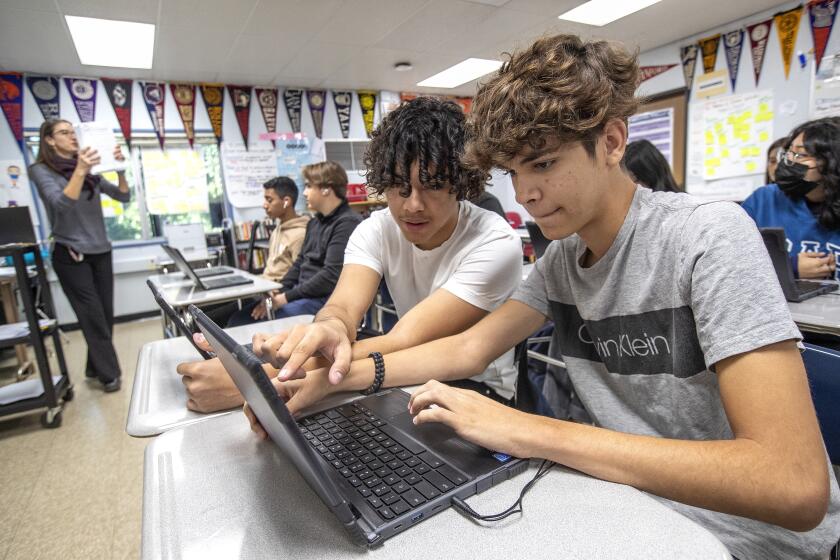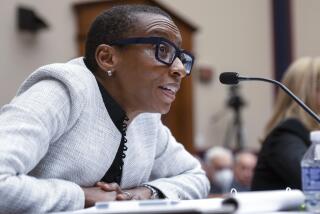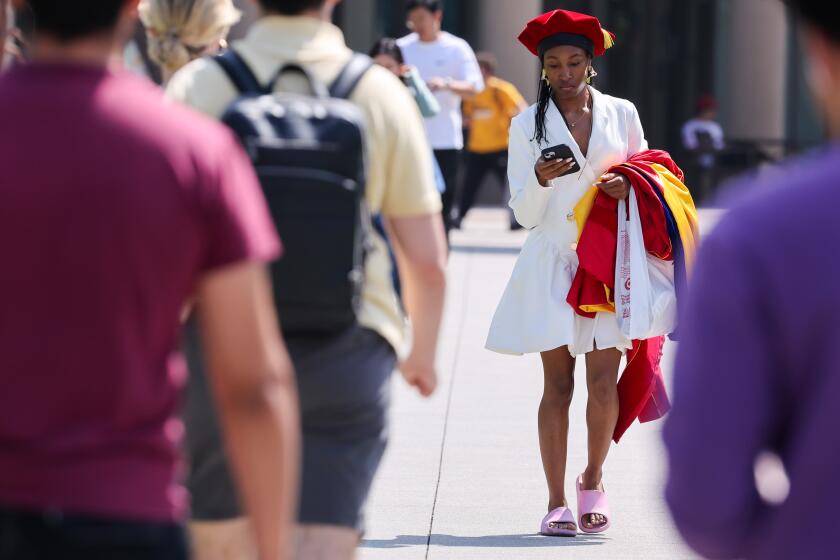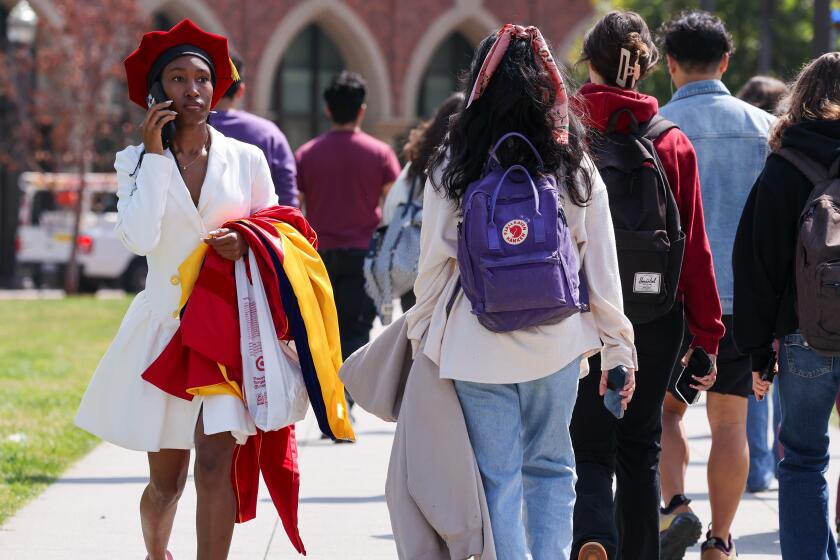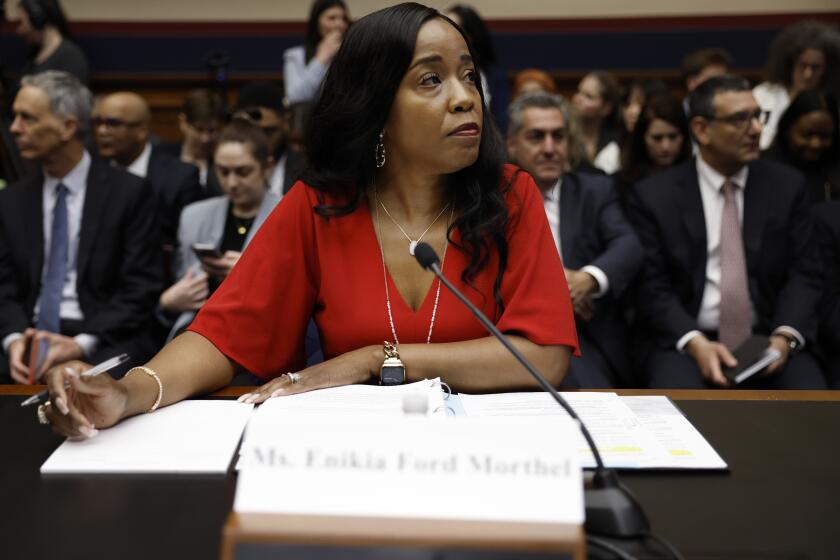Stanford president’s scientific papers draw scrutiny
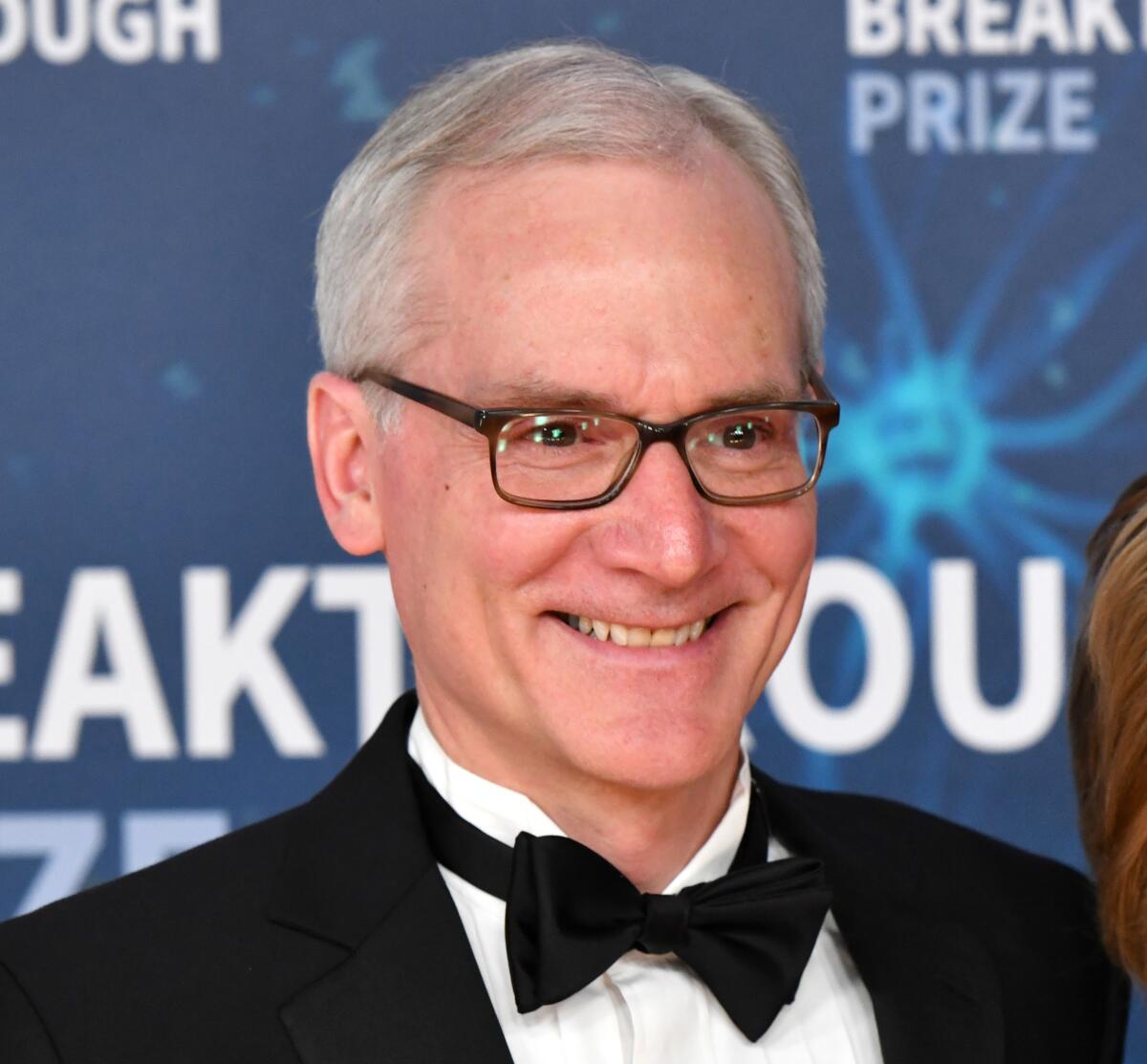
Stanford University said it will review allegations made in its student newspaper that scientific articles co-authored by its president, Marc Tessier-Lavigne, contained altered images.
A neuroscientist and biotech entrepreneur widely known for his Alzheimer’s research, Tessier-Lavigne has authored or co-authored about 300 scientific papers. Claims of anomalous images in a few of them have appeared for years on PubPeer, a website that enables anonymous contributors to examine scientific papers and highlight potential flaws.
Under scrutiny now are several studies, some two decades old, co-authored by Tessier-Lavigne that were published in journals such as Science, Nature and the European Molecular Biology Organization Journal.
Stanford said in a statement that it will “assess the allegations” in a manner “consistent with its normal rigorous approach by which allegations of research misconduct are reviewed and investigated.”
The university said that its Board of Trustees will oversee the inquiry, but that Tessier-Lavigne, who is a board member, will not be involved.
“Scientific integrity is of the utmost importance both to the university and to me personally,” Tessier-Lavigne said in a statement provided by the university. “I support this process and will fully cooperate with it, and I appreciate the oversight by the Board of Trustees.”
The non-profit Equity Lab aims to bring elite university courses to underserved high school students to boost their college aspirations.
The university’s announcement this week followed a story in the Stanford Daily in which Elisabeth Bik, a microbiologist who works as an independent science-integrity consultant, said there were “serious problems” in some studies that list Tessier-Lavigne as a co-author.
In addition, the EMBO Journal announced last week that it is reviewing a 2008 paper about axon receptors in which Tessier-Lavigne is listed as the ninth of 11 authors. On PubPeer, Bik raised concerns that some of the images included in the paper might have been digitally altered.
Bik said she is most concerned about images in a 1999 article in Cell that lists Tessier-Lavigne as the fifth of six co-authors. In her view, the images appear to have been manipulated, she said.
“I don’t think the university should handle the investigation,” Bik said. “I don’t think they could possibly investigate him in an objective way.”
Bik said that concerns about Tessier-Lavigne’s papers were raised on PubPeer in 2015 and that the Stanford newspaper asked her to review them.
“The question that hopefully the Stanford investigation will answer honestly is, ‘Are these intentional manipulations?’ ” said Ivan Oransky, co-founder of Retraction Watch, a blog that reports on scientific misconduct. “Science is based on showing your work and being honest about what you found.”
In the highly collaborative world of laboratory research, it’s common for a scientific paper to bear the names of many authors, and the specific contribution of each isn’t always obvious. A Stanford University spokesperson told the student newspaper that Tessier-Lavigne did not generate the controversial images in the EMBO Journal study.
Before he became Stanford’s president in 2016, Tessier-Lavigne served as president of Rockefeller University in New York, oversaw the development of cancer drugs as chief scientific officer at Genentech, and co-founded the biotech company Renovis.
More to Read
Start your day right
Sign up for Essential California for news, features and recommendations from the L.A. Times and beyond in your inbox six days a week.
You may occasionally receive promotional content from the Los Angeles Times.
